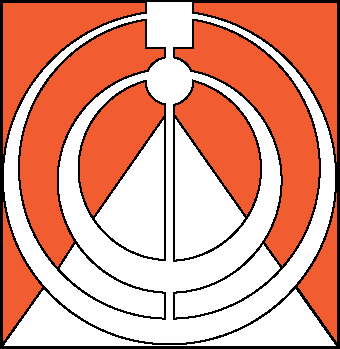Career Connections Open a World of Possibilities for Mi-STAR Students
Thursday, September 24, 2020
Fortunate are the kids who know what they want to be when they grow up. The universe of career possibilities can be overwhelming. Sometimes aptitude tests can help. Sometimes not.
Mi-STAR veteran Jean Buller retired recently from teaching middle-school science at Walled Lake School District. A few years ago, her high school-age son took a test to help him decide on a career. His top matches: dancer and tattoo artist. He neither danced nor had tattoos. “He asked me, ‘Why would it say I should be one of those?’” said Buller. She assured him he didn’t have to follow the test’s advice. “He’s now in college majoring in marine biology.”
That experience put into sharp focus a longstanding problem. “I’m a teacher, and my own children didn’t have enough information to make a life-changing choice,” said Buller. “And I see so many other kids who have no idea what they want to do.” Most young people know something about what their parents do for a living, and they are superficially aware of jobs featured in the media, such as lawyers and basketball players. But the vast majority of careers, from accounting to zoology, remain a mystery. And how can a person prepare for the perfect job if they don’t even know that job exists?
So Buller was already on board when Mike Gallagher, her regional MiSTEM Network director and Program Director for Modeling in Michigan, asked her for help. Specifically, he wanted to incorporate career information in several Mi-STAR units that he and his team have been revising to better align with Modeling Instruction pedagogy. (Editor’s note: Keep your eye on the dashboard announcement banner; these new Modeling in Michigan Teacher Notes will be available soon.) Since then, Buller has developed Career Connections for eight units across grades 6–8. Each provides career information linked to the science-related skills needed to solve the Unit Challenge, a real-world issue or puzzling phenomenon students address throughout the unit. “I tried to think of careers in the trades and the professions,” she said. For example, the Career Connection for Unit 6.1, which addresses surface water management, includes civil engineers, carpenters, masons, construction equipment designers and engineers, heavy equipment operators, and environmental engineers.
Each Connection provides links with information on up to 40 careers and encourages students to select three to investigate more deeply. “There's a worksheet that goes with every unit, including extra activities for teachers. Students can investigate pay levels, what the work environment would be like, and whether or not the field would interest them,” said Buller. Being Mi-STAR, the Connections also incorporate a variety of activities, including a career fair.
“After three years of Mi-STAR units, kids could walk out of eighth grade with in-depth knowledge of 56 careers,” she said. “They’d also have a good sense of what classes to take in high school to prepare for their areas of interest.”
Some might think middle school is too early to think about a career. Buller disagrees. “Middle school is a great time for this,” she said. “In college, my daughter realized she should have taken chemistry in high school, but she wasn’t sure where she was heading, so she didn’t. And at least half of students in college don’t have a clue what they want to do. The goal of this project is to get that thinking in place, so that by the time kids graduate high school, they have a good idea about what they want to do and how to get there.”
So far, the feedback has been gratifying. “Teachers have been so excited—they are telling us this is exactly what they need,” said Buller. “Students are always asking us, ‘Why do I have to learn this?’ The Career Connections give them an answer.”
They also broaden students’ horizons. “Kids want to be what they see on TV: football players, doctors, police, firefighters. When they see all these other cool things people do, they want to learn science. They get excited about learning and having an interesting, science-based career.”
Buller seems born to teach: she was named Michigan Science Teacher of the Year in 2017 and received the President’s Award for Excellence in Science and Math Education. But as she developed the Career Connections, she made a surprising discovery.
“There were a lot of things I was interested in,” she said with a smile. “More than once, I thought to myself, ‘That would have been an interesting career. I wish I could have known about it.’”
Click here for more information on Career Connections. Subscribed Mi-STAR teachers can also find the Career Connections linked on the curriculum portal under Student and Teacher Resources for a particular unit.
GET Mi-STAR NEWS BY E-MAIL!
Copyright © 2025 Mi-STAR
Mi-STAR was founded in 2015 through generous support provided by the Herbert H. and Grace A. Dow Foundation. Mi-STAR has also received substantial support from the National Science Foundation, the MiSTEM Advisory Council through the Michigan Department of Education, and Michigan Technological University.


















